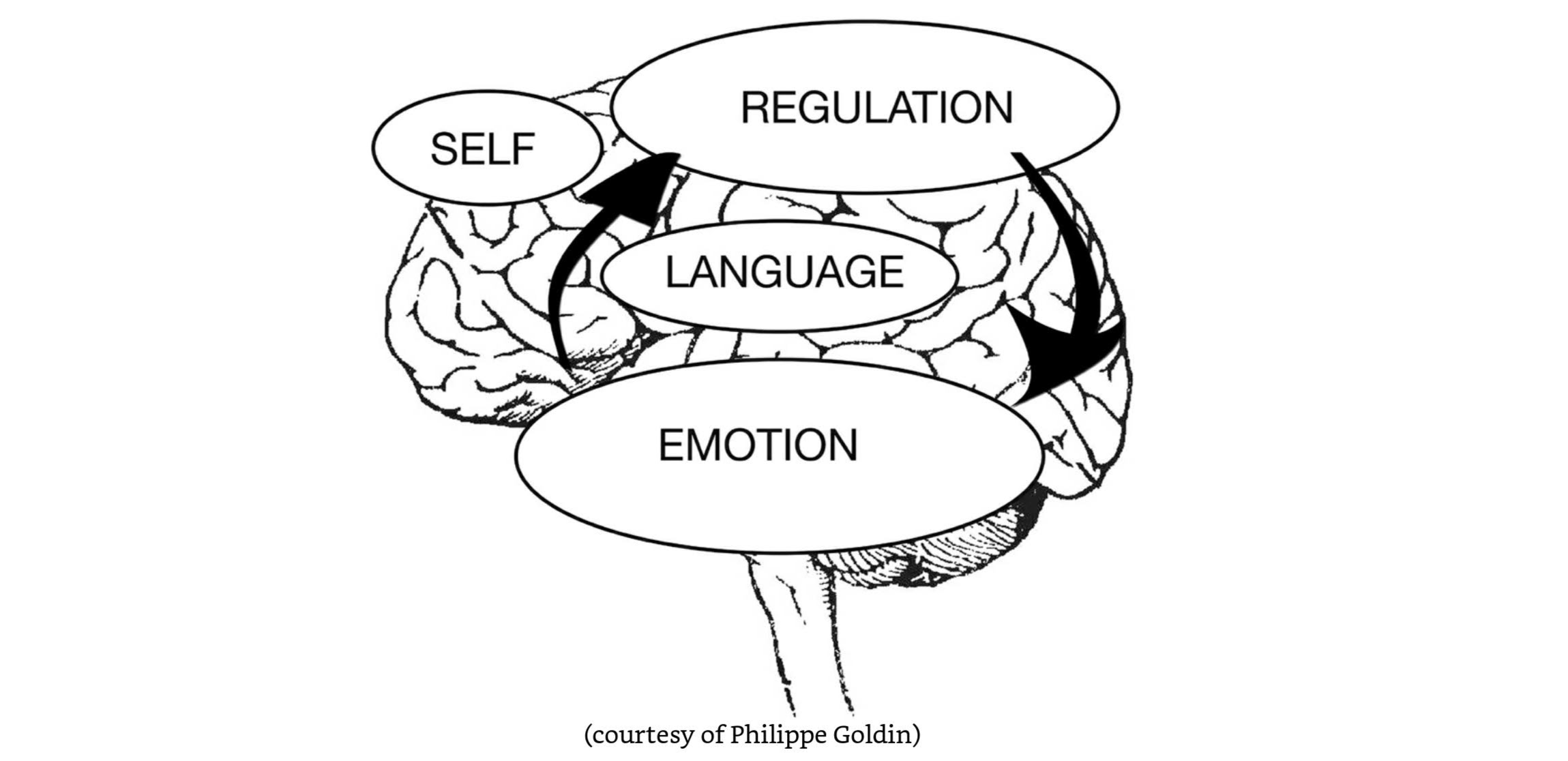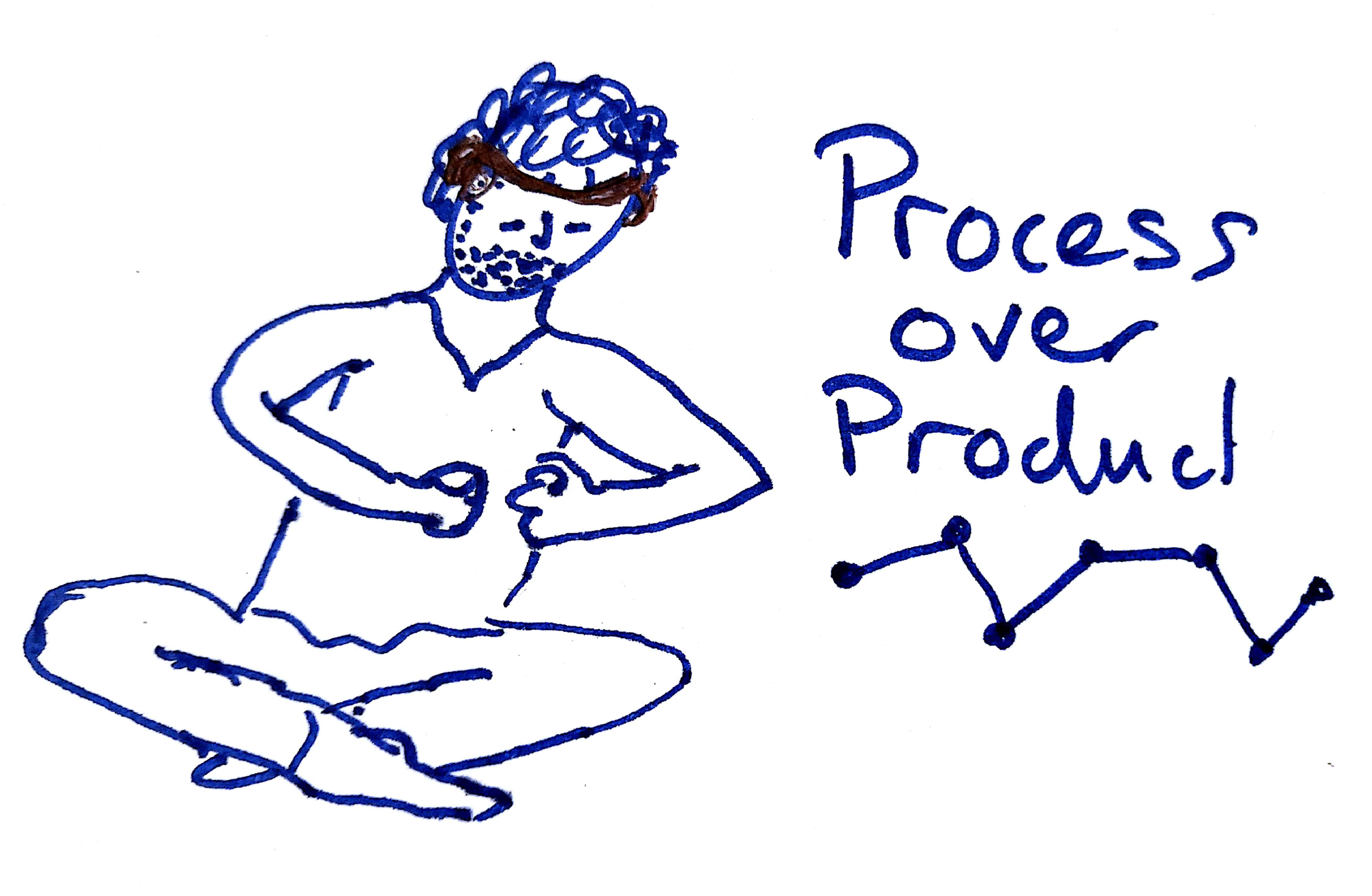
Self Regulation: Triggers, Choices and Responses
Beyond self-control... and goodbye to reactions
by: Peter Torr Smith
24th September, 2018
Tags/Categories
Search Inside Yourself Ch5 Overview
The theme for this chapter was summarized by the author as “From Compulsion to Choice”
Self-regulation: beyond just Self-control
This chapter explored Self-regulation beyond what we simply think of as self-control. Areas of self-regulation include:
- Self-control: keeping disruptive emotions and impulses in check
- Trustworthiness: maintaining standards of honesty and integrity
- Conscientiousness: Taking responsibility for personal performance
- Adaptability: Flexibility in handling change
- Innovation: Being comfortable with novel ideas, approaches and information
And all of these can be enhanced by realising our responses are our choices
Responses, not Reactions - to the world and to ourselves
The book points out our choices are our responses. Not to be seen as reactions. We can practice working in the space between stimulus and response, to see and extend it to enable considered choice, and not a hard-wired reaction.
This is not just in regard to external happenings, but also to our thoughts. The less we repeat or dwell on things we berate ourselves for, and chose to let them flow past, to see them for what they are, and even smile and laugh at them, the less we feed our “monsters”.
The author suggests when we have our urg to react, that we try let go of both:
- “grasping” - mentally trying to hold onto something (our pride, our view, our rightness, our solution, our approach)
- “aversion” - trying to avoid or block something
And this goes for our ongoing thoughts and feelings, not just external stimulus. We are encouraged to practice choosing letting-go of our instant need to grasp or avoid things (fight, flight, freeze), and explore our power to see and choose not only our responses, Our brains and minds, emotion, thinking, regulating but also when or if we respond at all.
Principles for Dealing with Distress
- Know and notice when you are not in pain
- Don’t feel bad about feeling bad (my dad taught me this when I was a teen xo)
- Don’t feed the (mental) monsters
- Think of your thoughts with kindness and humor

Our brains and minds, emotion, thinking, regulating
The above diagram was discussed as a way to see that we can get our thinking and emotional brains communicating more clearly, and working well together and not just letting our limbic responses go unchecked.
And with us humans, our relationship with our emotions is mediated by our view of ourself and our ability to use language and thinking to explore our experiences.
Triggers
We all know that we’ve experienced triggers that have sparked in us a disproportionately large emotional response.
The trick is to become more aware of when we have been triggered, to notice the signs (in our physiology and our minds).
Stop, Breathe, Notice, Reflect, Respond
or the SiBerian North RailRoad
A suggested practice is to Stop, Breathe, Notice, Reflect and Respond. A suggested mnemonic for this was to imagine the SiBerian North RailRoad, a place to Stop to cool down, take a Breath, Notice how we are feeling in our body, Reflect on the emotions and the viewpoints of others, and then considering the possible Responses that will really have a positive outcome.
Enspiral Dev Academy - Blog Questions
When programming, what are some of your triggers? What causes a disproportionate emotional response?
- Mostly forgetting how to do something, or jumping into something that I thought I had a good grasp on how to do, and so underestimated the time needed to do it, and learn on the way. It’s usually a simple thing that trips me up, and I feel a frustration that I have to stop and go back to look up the topic.
- When I feel like I want to just jump into the solution, and short-step putting the time into drawing out the problems, goals, design thinking that is so useful. I get a sense of frustration and want to jump ahead.
How did you find the Siberian North Railroad exercise (Stop, Breathe, Notice, Reflect, Respond)?
I found the Stop Breath Notice Reflect Respond concept a good suggested approach to structure the space between stimulus, emotion and response. This certainly is good guidance to stop ourselves when we notice we are being triggered, either by external happenings or internal thoughts or “monsters”.



